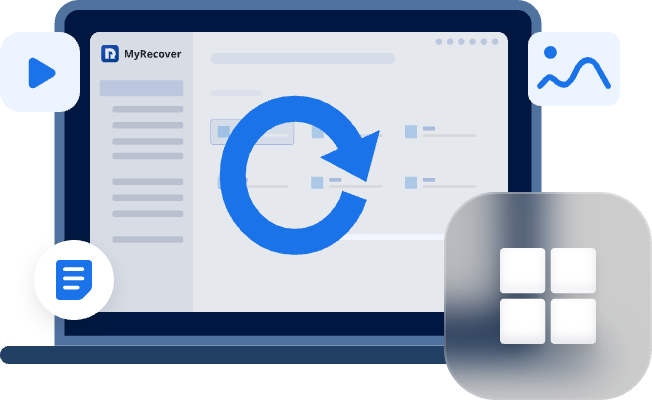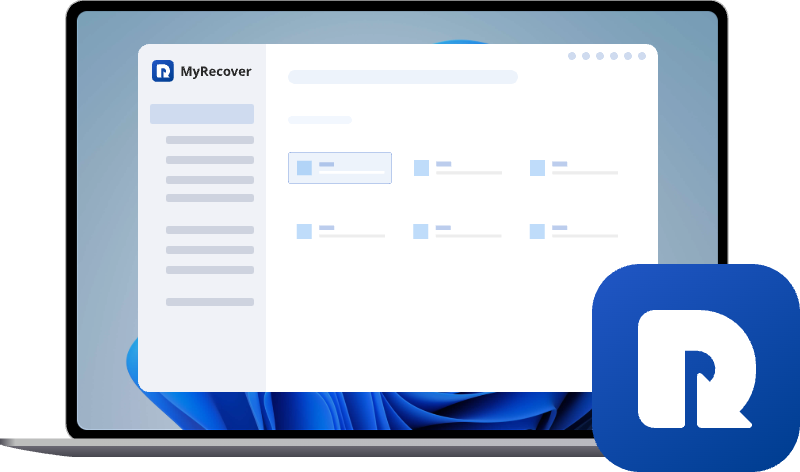If I Uninstall Steam, What Happens to My Games?
Many gamers ask if I uninstall Steam will it uninstall my games. This guide explains how Steam handles installed games, what gets removed, and tips to keep your game library safe when uninstalling the platform.
Introduction
Steam is one of the most popular gaming platforms in the world, providing access to thousands of games, automatic updates, and even cloud save features. But sometimes, you might need to uninstall Steam—maybe your PC is running low on space, or you’re troubleshooting an issue. The big question is: what happens to your games if you uninstall Steam? Can they be saved? And how can you recover them if something goes wrong?
If I Uninstall Steam, What Happens to My Games?
What will happen to my games if I uninstall steam?
Just recently, my steam has been failing to start up. I'm afraid that I'll have to reinstall steam, but what will happen to all my games? Also if anyone can give me some tips for helping fix the problem, that would be very nice. Thanks.
- Question from Steam Community
Will Your Games Be Deleted?
Uninstalling Steam usually deletes games installed in the default Steam folder. If you’ve installed some games in a different library folder, they might remain on your PC. However, the Steam client won’t recognize them until you reinstall it and link the folders again.
>>See also: does Steam have a Recycle Bin?
Steam Library Folder vs. Steam Client
It’s important to understand that the Steam client is just the interface. Your game files live in Steam library folders. If these folders are on another drive, uninstalling the client won’t necessarily delete the files. Always double-check your library paths before uninstalling.
Game Saves and Cloud Sync
Many modern games use Steam Cloud, which syncs your game saves automatically. Even if the local game files are deleted, your progress is often safe online. But older games or non-Steam titles may not support cloud saves, so backing up locally is essential.
Steps to Safely Uninstall Steam Without Losing Games
1. Back Up Your Game Files
Before uninstalling, navigate to your Steam steamapps folder and copy it to an external drive or a different location on your PC. This ensures that even if something goes wrong, you can restore your games without redownloading them.
2. Use Steam Cloud to Preserve Saves
Check whether your games support Steam Cloud. Go to Steam Settings > Cloud and make sure "Enable Steam Cloud" is checked. This keeps your saves backed up on Steam’s servers.
3. Uninstall Steam Properly
On Windows, go to Control Panel > Programs > Uninstall a Program, select Steam, and choose uninstall. Make sure you deselect "Delete all user data" if you want to keep your library files.
Recovering Games and Files After Uninstall
Even if you accidentally delete game files while uninstalling, all is not lost. MyRecover is an excellent tool for recovering deleted or lost files from your PC.
- ★Pros:
- 1. Easy to use — just scan and recover.
- 2. Works fast and finds lost files quickly.
- 3. Recovers many file types like photos, videos, and documents.
- 4. Lets you preview files before recovery.
- 5. Works on hard drives, USBs, SD cards, and more.
- 6. Recovers data lost by formatting, deleting, or system crashes.
Here’s how you can use it.
Step 1: Download and Install MyRecover
Visit the official MyRecover website and download the installer. Follow the on-screen instructions to install the software.
Step 2: Scan Your Drive for Deleted Steam Games
Open MyRecover, select the drive where Steam was installed, and click Scan. The software will begin scanning for deleted files, including your Steam game folders.
Step 3: Preview and Select Files to Recover
After the scan is complete, browse the results. You can preview individual files or folders to ensure they are intact. Select the games and files you want to recover.
Step 4: Recover Files Safely to a New Location
Click Recover and choose a different drive or folder to save the recovered files. Avoid restoring them to the original drive until you’re sure the recovery was successful. This prevents accidental overwriting of other deleted files.
Reinstalling Steam and Restoring Your Games
1. Reinstall Steam Client
Download the latest Steam client from the official Steam website and install it on your PC.
2. Restore Game Files from Backup or Recovery
Move your backed-up or recovered steamapps folder into the new Steam installation directory. Steam will detect the games automatically once you restart the client.
3. Verify Integrity of Game Files
In Steam, go to your library, right-click a game, and select Properties > Local Files > Verify Integrity of Game Files. This ensures that your games are complete and playable.
Tips to Avoid Losing Games in the Future
Regular Backups
Regularly back up your Steam library to an external drive. This simple step can save hours of downloading time and frustration.
>> Use Window File Recovery to back up your Steam data directly.
Enable Steam Cloud Sync
Keep Steam Cloud enabled for all supported games. It’s the easiest way to ensure your progress is safe even if local files are lost.
Use Third-Party Recovery Tools Wisely
Tools like MyRecover are lifesavers for accidental deletions. However, prevention is better than cure—combine backups, cloud saves, and recovery tools for maximum protection.
Conclusion
Uninstalling Steam doesn’t have to be scary. By understanding how Steam manages your games, backing up files, enabling Steam Cloud, and using MyRecover if needed, you can uninstall and reinstall Steam without losing your precious game library. A little preparation goes a long way to keeping your gaming experience smooth and worry-free.


